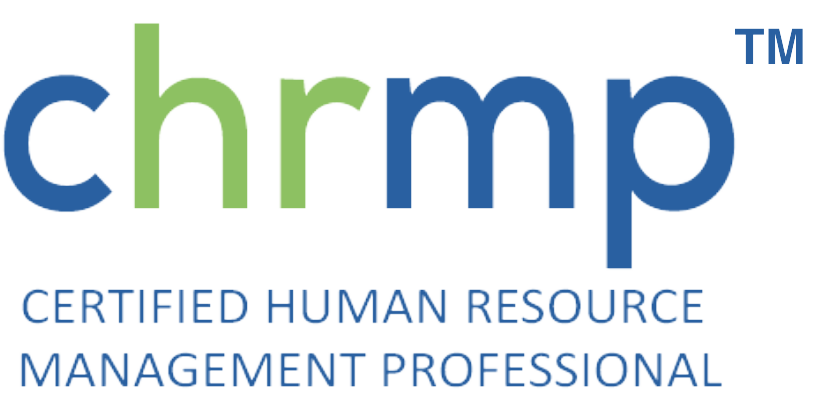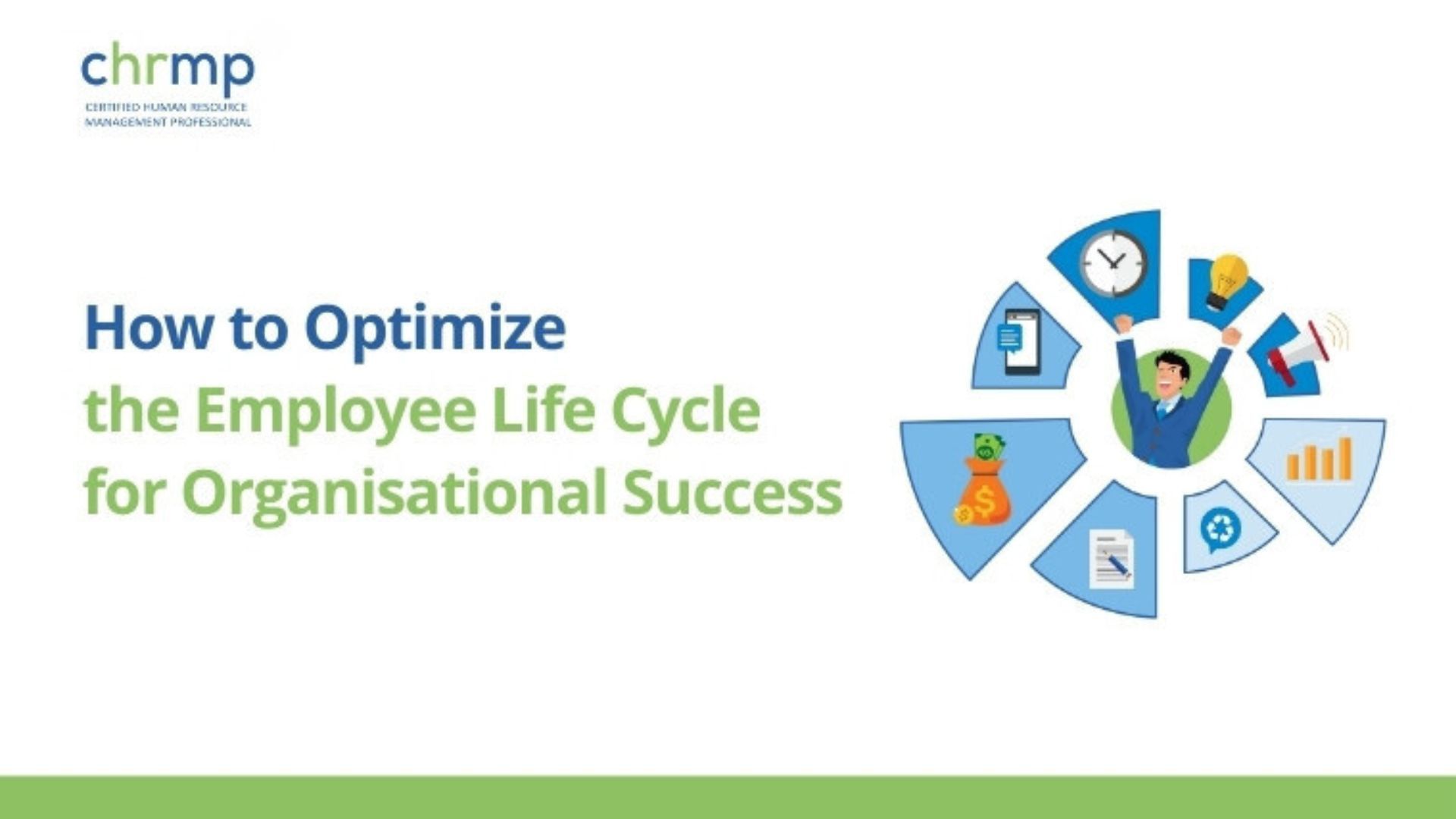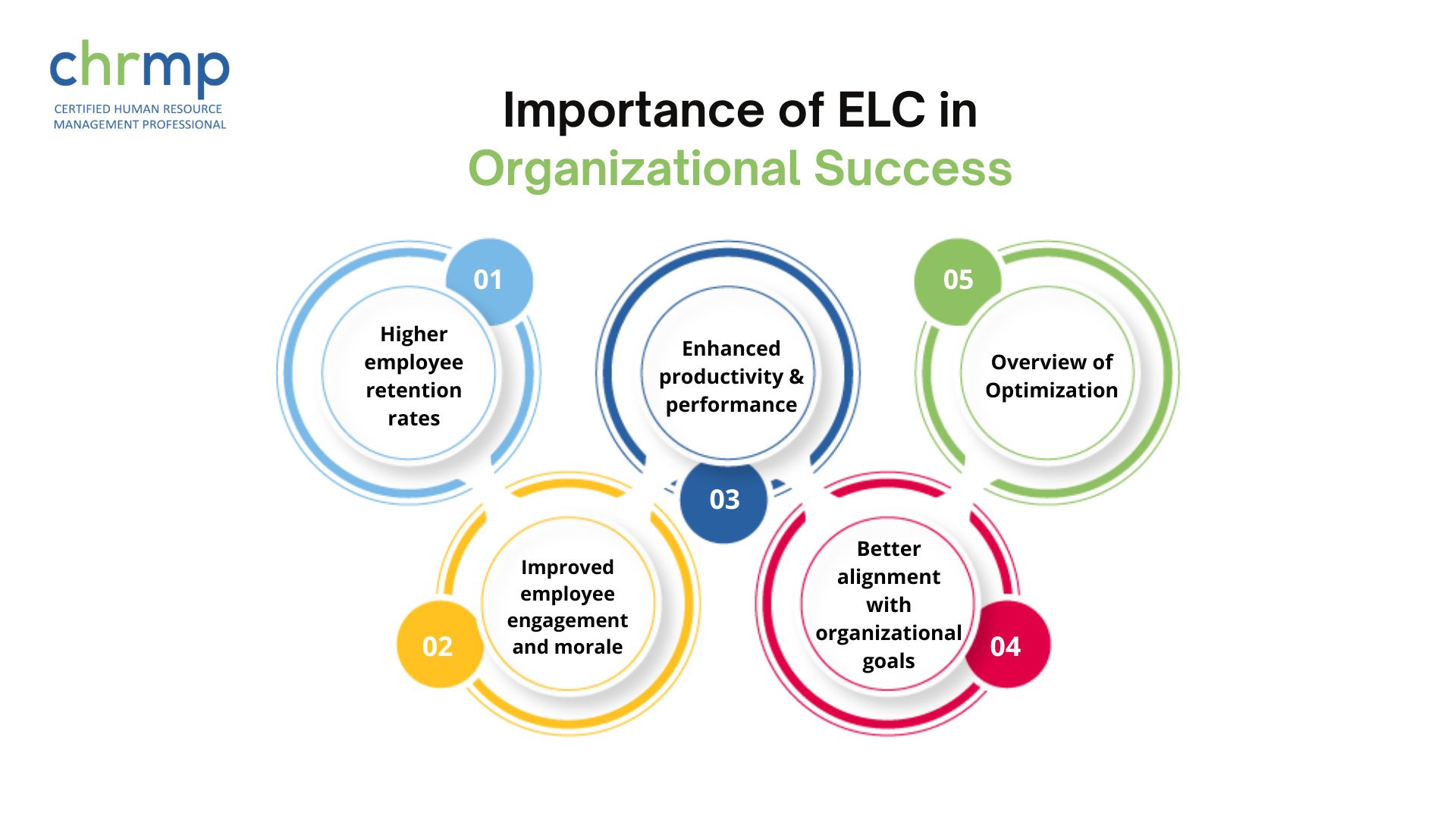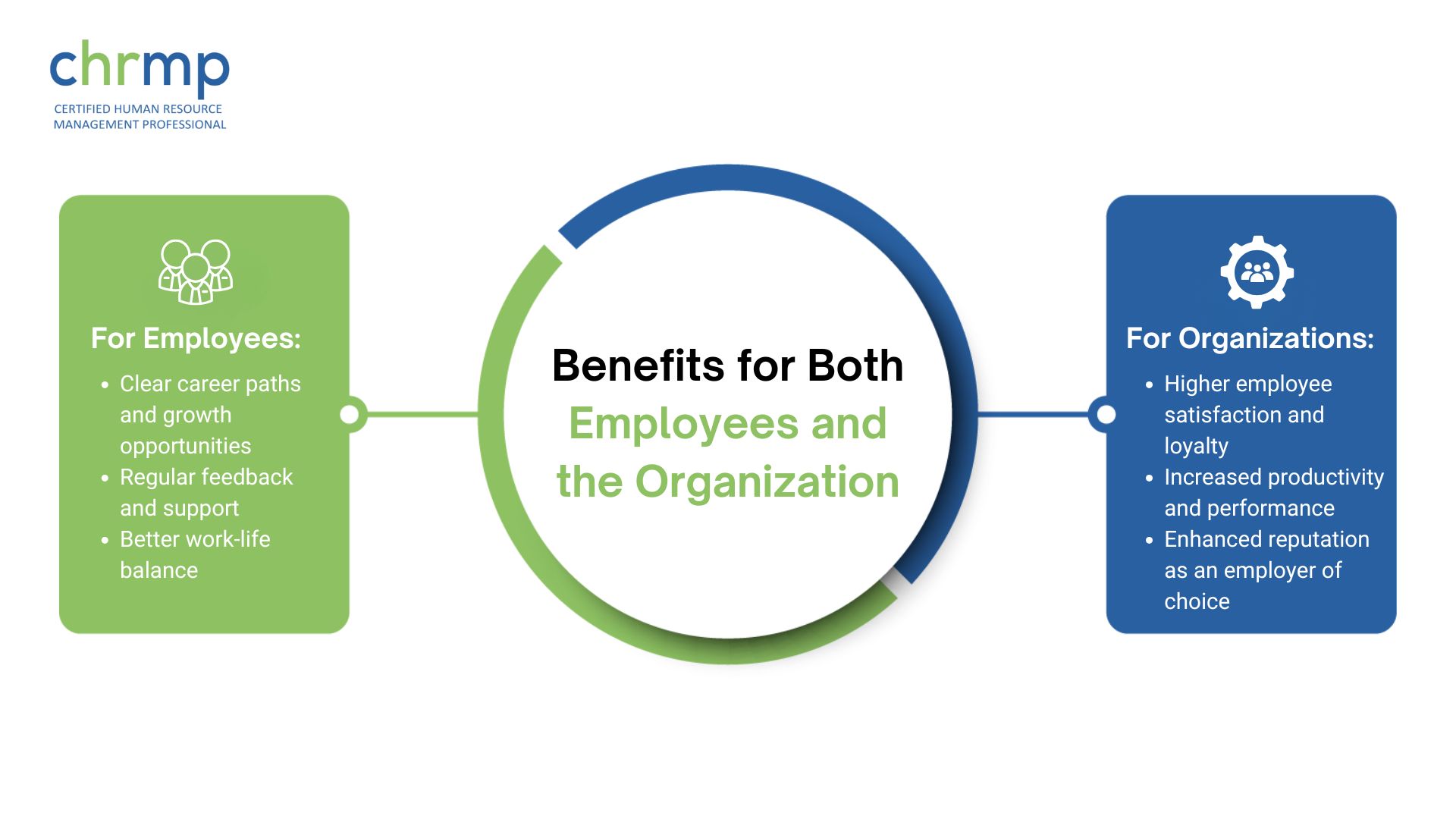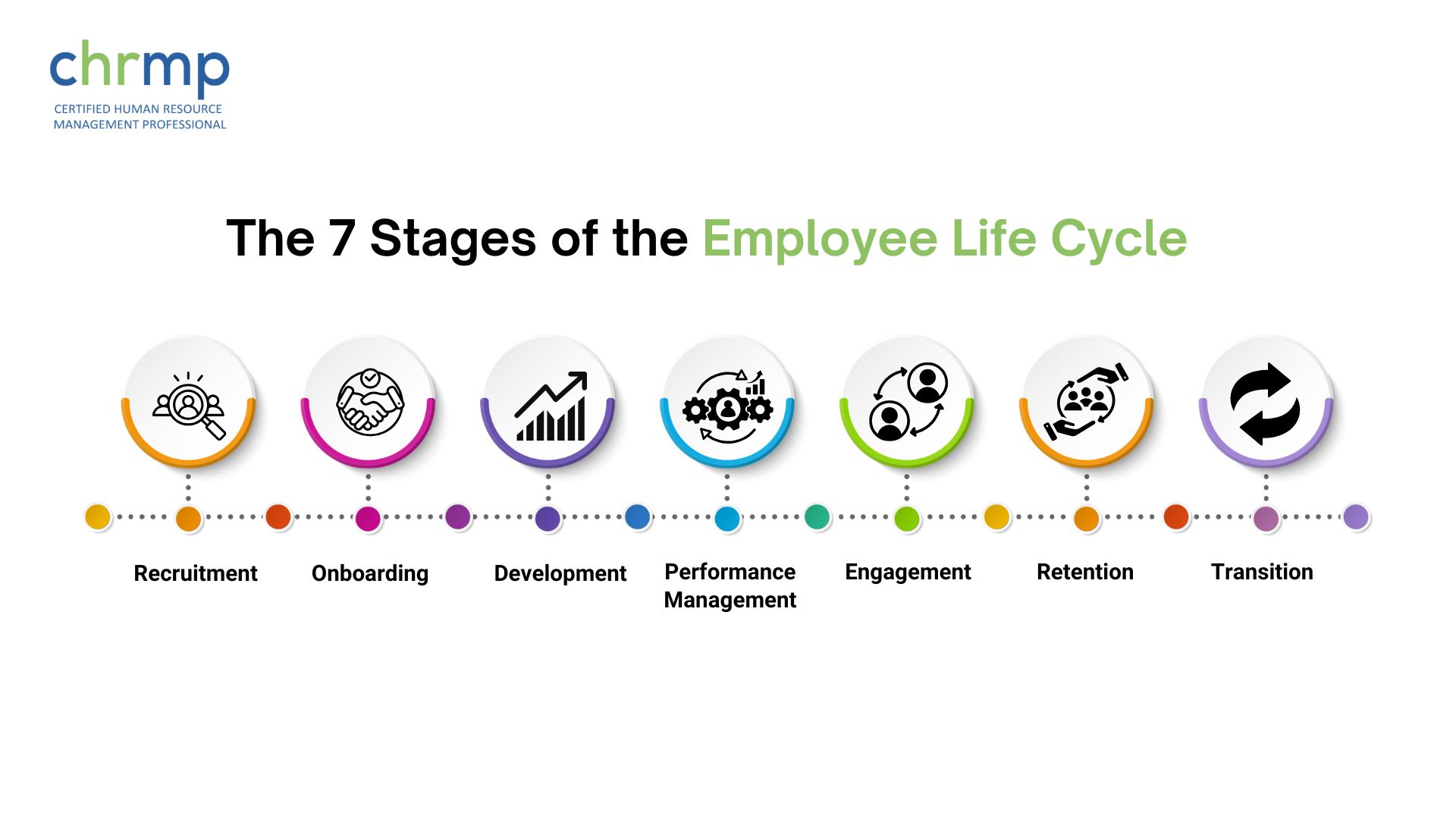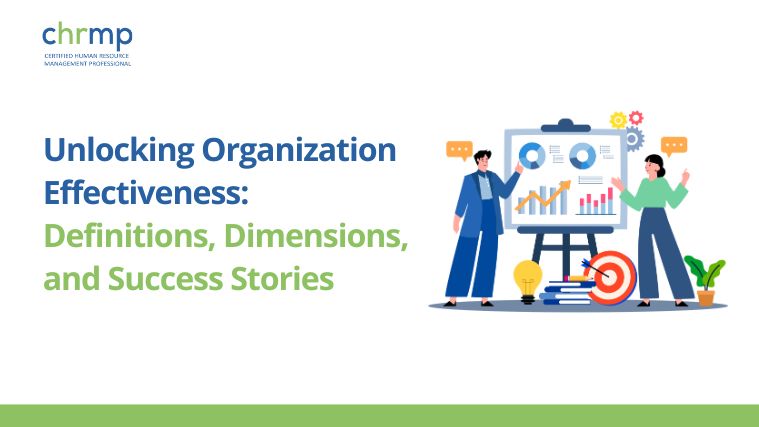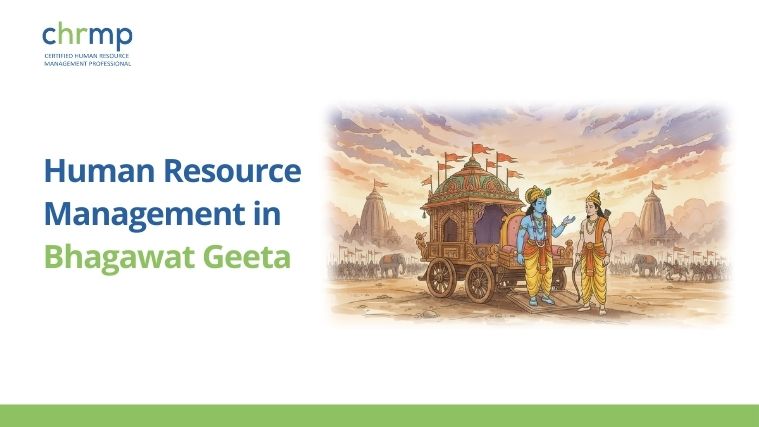Have you ever wondered why some organizations consistently excel while others struggle with high turnover and low morale? The secret often lies in how effectively they manage the Employee Life Cycle (ELC).
By understanding and optimizing the ELC, companies can significantly enhance both employee satisfaction and organizational performance. This blog will delve into the intricacies of the Employee Life Cycle, explore its importance, and provide actionable strategies to optimize each stage for maximum benefit.
Definition of Employee Life Cycle (ELC)
The Employee Life Cycle (ELC), also known as the Human Resource Life Cycle, encompasses all stages an employee goes through during their tenure with an organization. These stages include Recruitment, Onboarding, Development, Performance Management, Engagement, Retention, and Transition. Managing these stages effectively is crucial for maintaining a productive and motivated workforce.
Explanation of the ELC Concept
The concept of the Employee Life Cycle in HR involves a comprehensive approach to managing employees from the moment they are attracted to the organization until they exit. It is a framework that helps HR professionals align their strategies with the overall goals of the organization, ensuring that each stage of the employee journey is optimized for both the employees and the company.
Importance of ELC in Organizational Success
A well-managed Employee Life Cycle is integral to organizational success. It ensures that employees are not only productive but also engaged and satisfied with their roles.
Effective ELC management leads to:
- Higher employee retention rates
- Improved employee engagement and morale
- Enhanced productivity and performance
- Better alignment with organizational goals
Overview of Optimization
Optimizing the ELC involves refining each stage to maximize its effectiveness. This requires a deep understanding of the employee lifecycle phases and the implementation of best practices tailored to your organization’s unique needs. Let’s delve into why optimizing the ELC is crucial and the benefits it offers.
Why Optimizing the ELC is Crucial
- Improved Talent Attraction and Retention: An optimized ELC ensures that the right candidates are attracted and selected, reducing the likelihood of mismatches and increasing retention rates.
- Enhanced Employee Experience: By focusing on employee engagement and development, companies can create a work environment where employees feel valued and motivated.
- Cost Efficiency: Reducing turnover and improving productivity leads to significant cost savings.
- Competitive Advantage: Organizations that effectively manage the employee life cycle in HR gain a competitive edge in the market.
Benefits for Both Employees and the Organization
The 7 Stages of the Employee Life Cycle
- Recruitment
- Attracting Talent: Building an attractive employer brand is the first step in the employee life cycle process. Companies must present themselves as desirable workplaces by highlighting their culture, values, and opportunities for growth.
- Selection Process: The selection process is critical in ensuring that the right candidates are hired. Use effective interviewing techniques, such as structured interviews, and assessment tools like psychometric tests and skill assessments.
- Onboarding
- Best Practices for Smooth Transition: A smooth onboarding process sets the tone for a new employee’s experience. Orientation programs and initial training ensure new hires are integrated into the company culture and can start contributing effectively from day one.
- Development
- Continuous Learning: Organizations should implement ongoing training programs, workshops, and e-learning opportunities. Encourage professional development by supporting employees in pursuing certifications, attending conferences, and continuing education.
- Career Pathing: Create clear career maps and provide advancement opportunities to retain top talent.
- Performance Management
- Regular Feedback Mechanisms: Implement continuous feedback through regular check-ins, 360-degree feedback, and feedback tools. Set clear, achievable goals that align with the company’s objectives.
- Performance Reviews: Conduct performance reviews quarterly or semi-annually to track progress and make adjustments as needed. Develop action plans to ensure continuous improvement.
- Engagement
- Employee Engagement: Use morale-boosting techniques, recognition programs, and open communication to maintain high levels of employee engagement. Ensure employees have a work-life balance through flexible working arrangements and well-being programs.
- Retention
- Retention Strategies: Focus on competitive compensation, benefits, and growth opportunities to retain top talent. Regular employee surveys provide valuable feedback that can help improve workplace culture and retention.
- Exit Interviews: Conduct exit interviews to learn from departing employees and refine retention strategies.
- Transition
- Succession Planning: Identify future leaders and implement leadership development programs to prepare for smooth transitions.
- Offboarding: A structured offboarding process ensures a smooth departure for employees, including knowledge transfer to successors.
Technology and Tools
1. HR Technology
Leverage HR technology to streamline processes and enhance the employee experience. HR software and Human Resource Information Systems (HRIS) help manage recruitment, onboarding, performance management, and employee data.
2. Data Analytics
Data analytics is crucial for tracking and improving ELC metrics such as time to hire, employee turnover rate, and engagement scores. Use data to make informed decisions that drive continuous improvement.
Conclusion
To optimize the Employee Life Cycle, organizations must focus on:
- Attracting and selecting the right talent
- Providing a smooth onboarding experience
- Supporting continuous development and career progression
- Implementing effective performance management and engagement strategies
- Developing retention strategies and learning from exit interviews
- Planning for transitions and engaging alumni networks
- Leveraging HR technology and data analytics
Take the Next Step
Are you ready to transform your HR practices and create a more engaging and productive workplace? Assess your current employee life cycle processes today and identify areas for improvement to unlock the full potential of your workforce. What will be your first step towards optimizing the employee life cycle in your organization?
